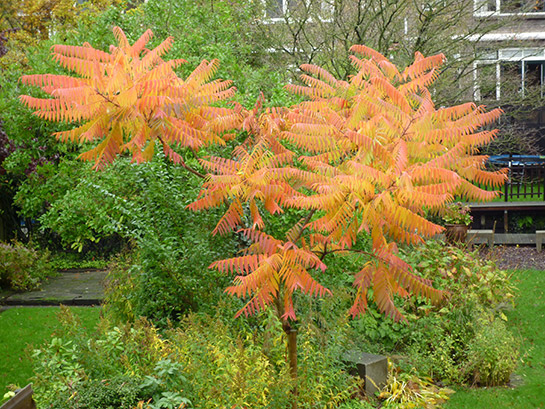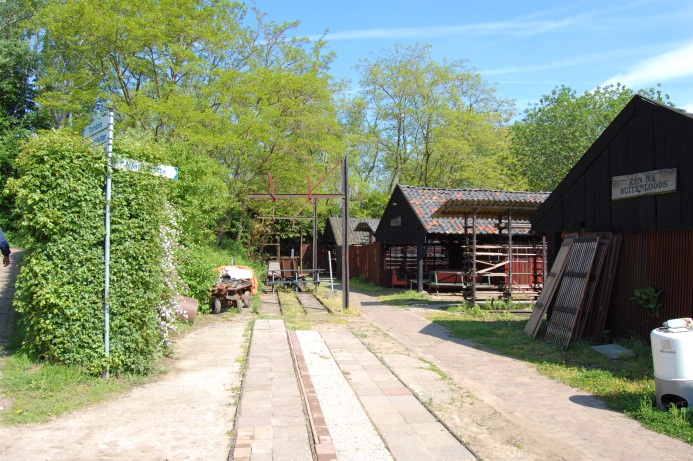The interest in public spaces has always been in the focus of researchers and practitioners of urban design1. As we can see from the book Public Spaces Urban Places (Carmona et al., 2010) they can be approached from various dimensions: morphological, perceptual, visual, social, functional, and temporal. For many reasons, public spaces are very important for cities and therefore for urban designers, though in this particular blog we will tackle its societal dimension.
Square as a setting of formal and informal social life
It was just a week before the terrorist attacks when I visited Place de la Republique in Paris. This square, the largest in the city, has always had a special meaning for Parisians, as a place where citizens come to relax, enjoy, rest or play. Throughout history, citizens gathered there for public displays of both joy and grief, where they shared good and bad moments and where they voiced their opinions or fought for their ideas. Place de la Republique is a true agora and a part of public realm that reflects democracy and solidarity, the need to be together and share with fellow citizens.
Having spent quite a lot of time in Paris over the last few years I have visited many of its public spaces, some only once and others several times. It is always good to see places again as they change, or we change, or the circumstances change (weather, season or the time of day) so we can always discover something we haven’t seen before. For twenty years I would just pass by the Place de la Republique and observe it from the car; this time I decided to visit it and see how the square looks after it was renovated in 2013.
Before going there I read a short blog published in Topos magazine (Blog 10.07.2014.; www.toposmagazine.com/place-de-la-republique-paris, last visited 30.11.2015)
“Due to its exceptional size (120 meters by nearly 300 meters), its symbolic dimension as a representative public statement and its location in the city, the Place de la République occupies a special place in the international hub that is Paris. The redevelopment of the square by TVK – Pierre Alain Trévelo and Antoine Viger-Kohler together with Areal Landscape Architecture and Martha Schwartz Partners is based on the concept of an open space with multiple urban uses. The creation of the concourse marks the return of calm in an airy, uncluttered, two-hectare space. The new square, now skirted by motor traffic, creates a large-scale landscape and becomes an urban resource, available and adaptable for different uses. The statue of Marianne, the reflective pool, the pavilion and the rows of trees form a strong axis. All these elements contribute to both the interpretation of unitary materials in a perennial and contemporary manner and multiple explorations creating different urban ambiances.” These original drawings and photos of the Place were also there and can still be found on the website of the TVK office. Having read this, I expected to see a lively and cozy square full of people having lunch or walking in fresh air during lunch break.
Well, none of my expectations were fulfilled (As Saramago says, one whosows expectations harvests disappointments, but well, we are all only human). Arriving at the Place this is what I saw:
The day I visited was gray and cold, around lunchtime. Homeless people, few others passing and looking at them, sad, depressive. Well, the savvy observer could argue, it was November, Monday, not good weather, what did you expect? But then still, the traces of deterioration and low maintenance everywhere, the pavilion burned in the fire was closed, the fountain disappeared. Although the materials that were chosen for the design of the square were massive, robust and looked sustainable, look at the details in the photos below, after only three years the benches are so damaged that I was wondering why and how this could happen?
Was it a design problem or social problem or something else? I was planning to investigate this a bit and write the blog about that when suddenly on Saturday morning 14 November my friends woke me up phoning, skyping, and sending messages on Facebook to ask whether my family in Paris was OK. In the following days the media was full of these photos from the Place da la Republique.
As in January this year, again this November the importance of the square scaled up from Paris to the whole world, symbolizing the place of people who plead for peace and freedom, and show their resistance to aggression.
Design versus function
Next year, we will be celebrating the hundredth year of the birth of Jane Jacobs, who probably never thought of terrorism when she wrote about city parks and sidewalks saying that they “mean nothing divorced from their practical, tangible uses, and hence they mean nothing divorced from the tangible effects on them – for good or for ill – of the city districts and uses touching them” (Jacobs, 1961). The relationship between the design of a place and its use is the subject of many scientific and professional discourses (Carmona et al, 2010; Tisma and Jokovi, 2007). In the discussion of recommendations for the design of green open spaces in Dutch towns and cities, Van Ewijk (1999) says, “There is an essential difference between the potential environment (what the designer wants it to be) and the effective environment (what the users actually do with it)”.
By looking at these photos during one month I started to understand that the Place de la Republique has many different faces and that the pressure and amount of people it has to sustain in extreme situations overcome the capacity and materials the designers had in mind. Originally designed for leisure purposes this place just couldn’t bear that pressure. Have designers forgot about this fact, or we only design for pleasure, is it not possible to merge both programs in one square? Or are we ignorant and superficial when we make judgments about places on only scarce number of visits, which seems to be common practice? Yes we are using many desk analyses, methods and tools to understand a place, but how much of its nature do we still miss?
La Fin
This is how the Place de la Republique looks today, the day I am writing this blog.

Thousands of shoes — including a pair from the pope — were arranged at the Place de la Republique to represent activists who could not participate due to the ban on large gatherings. Organizers said they had collected more than 11,000 pairs of shoes.
http://www.nbcnews.com/news/world/global-climate-march-record-numbers-turn-out-climate-protests-n470836 (visited 30 November, 2015)
There is no conclusion and no message in this blog, just an end in the (sometimes irritating) style of a new French novel or film, which opens the themes to think about, that can lead anywhere, as uncontrollable as urban life itself.
Notes
- Here are for example two organizations which have been involved in research and practice of public space development for many years: Project for Public Spaces organization and OpenSpace research center.
References
Carmona, M., Tiesdell, S., Heath, T. and Oc, T. (2010). Public places, urban spaces: The dimensions of urban design. Routledge: Taylor and Francis Group.
Jacobs, J., 1992. The Death and Life of Great American Cities. Originally published in 1961. New York, Vintage Books.
José Saramago, 2011. The Elephant’s Journey
Tisma, A. and Jokövi, M. (2007): The new Dutch parks: relation between form and use. Journal of Landscape Architecture no.4 pp.18-29 (http://atisma.home.xs4all.nl/JOLA article.pdf)
Van Ewijk, D. (1999). Grip op Groen. The Hague, VNG Uitgeverij.















Thanks for sharing you thoughts! Something to think further next time.